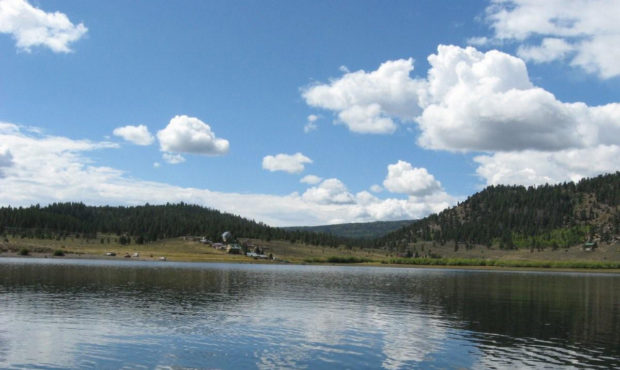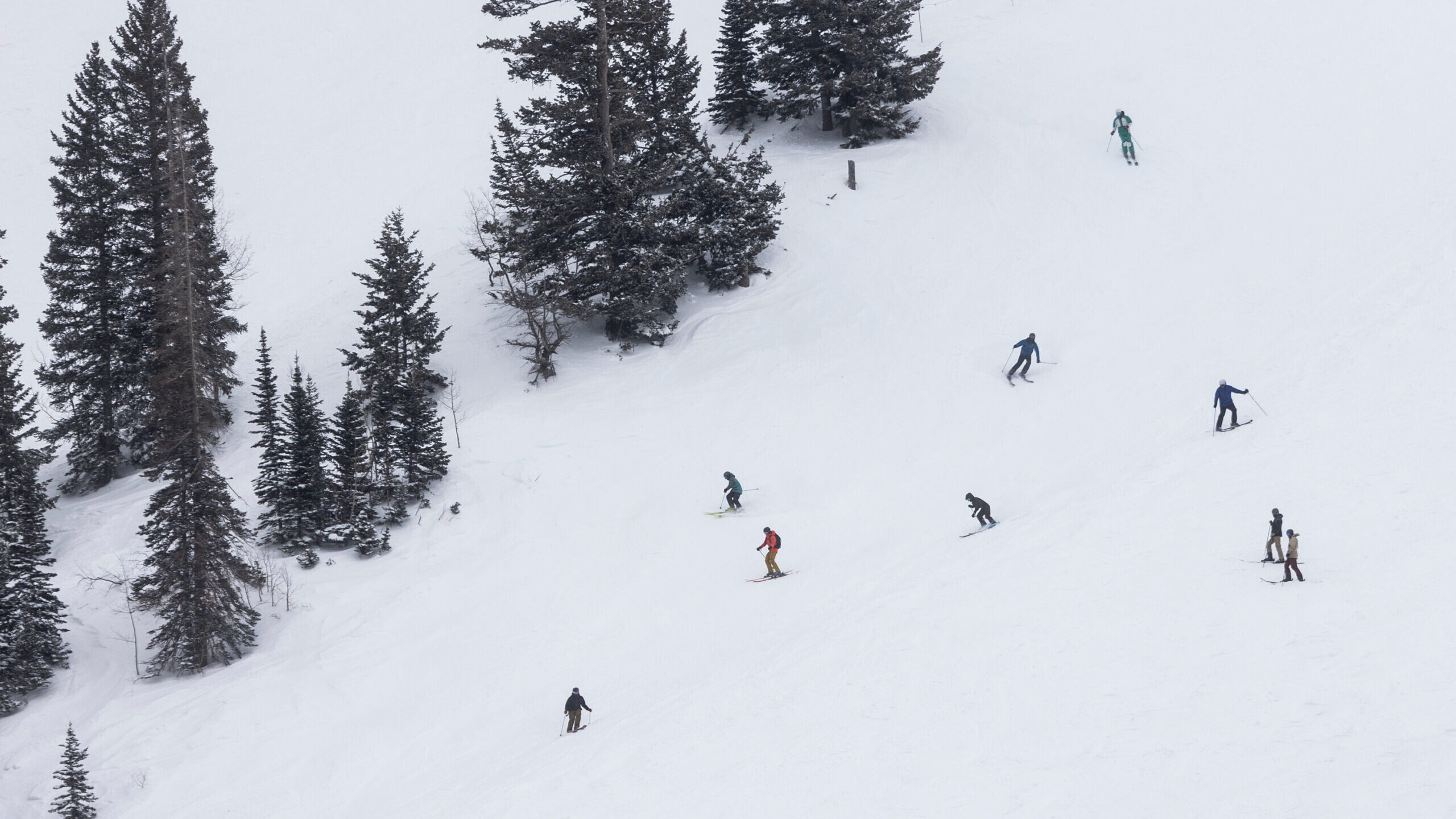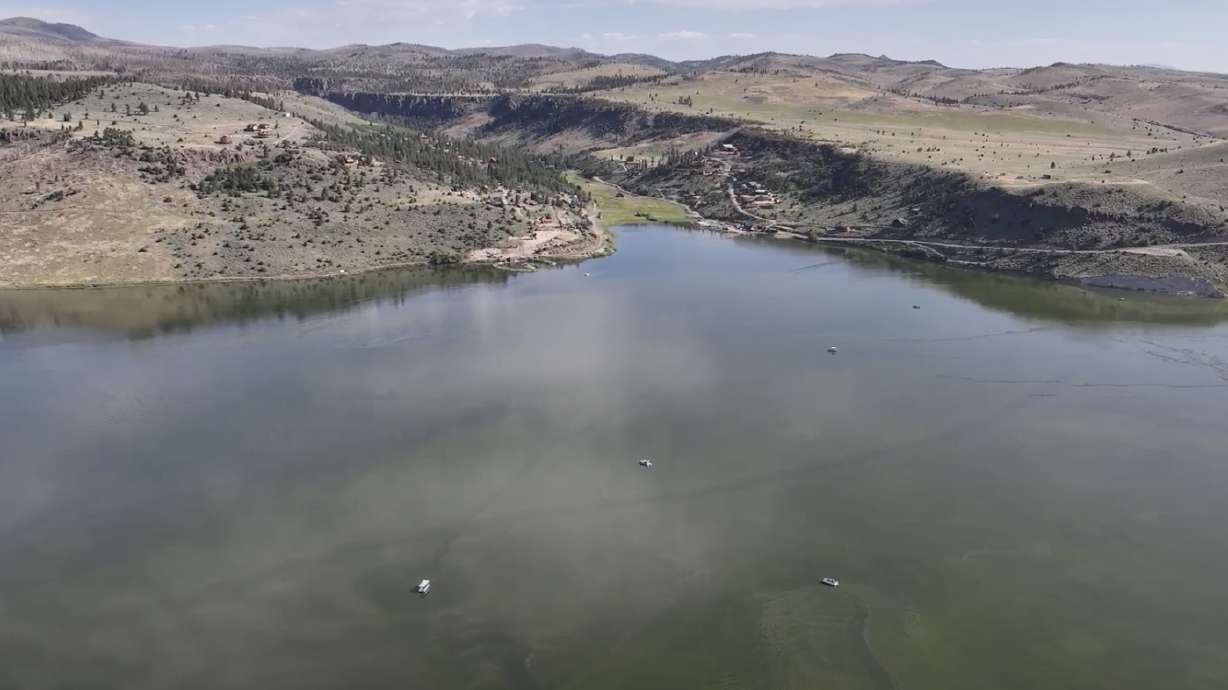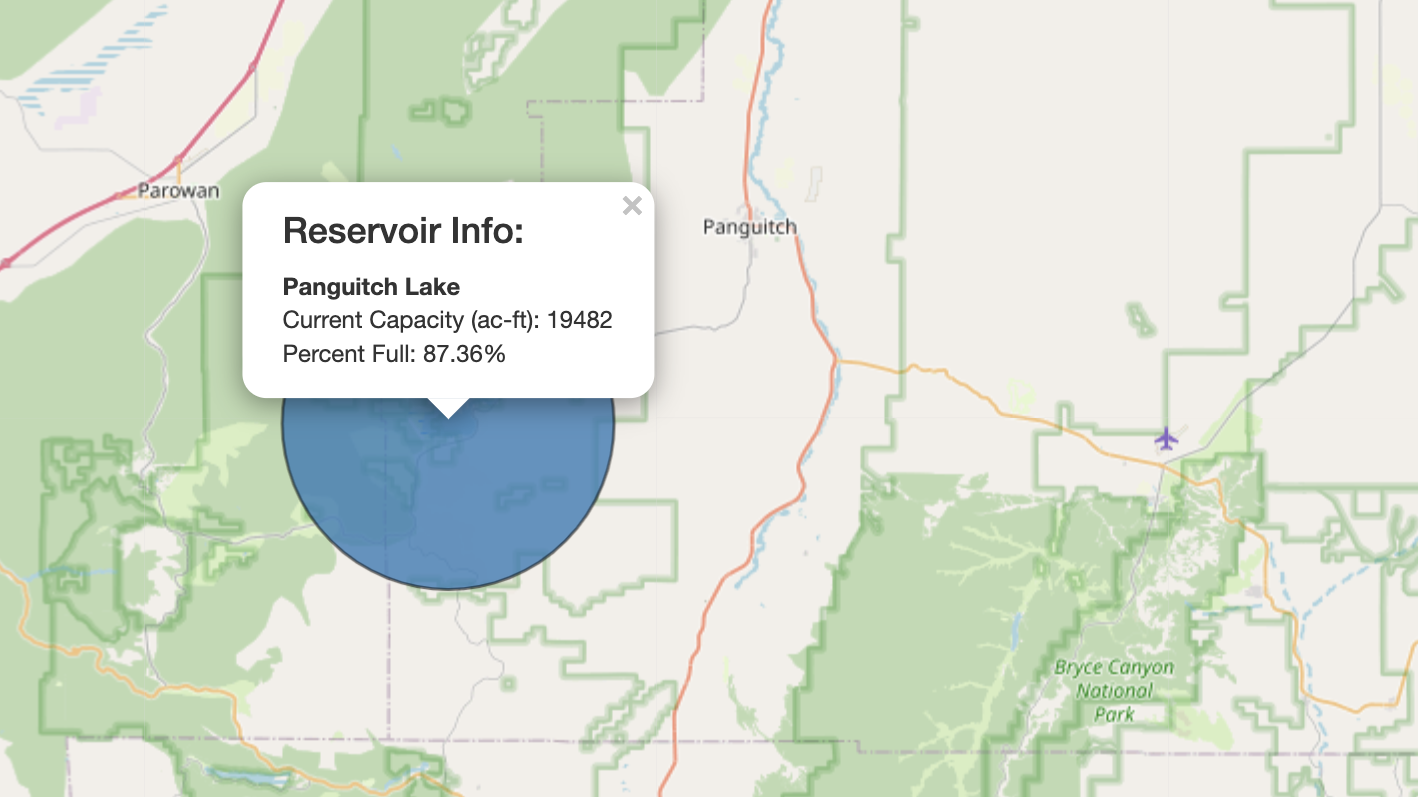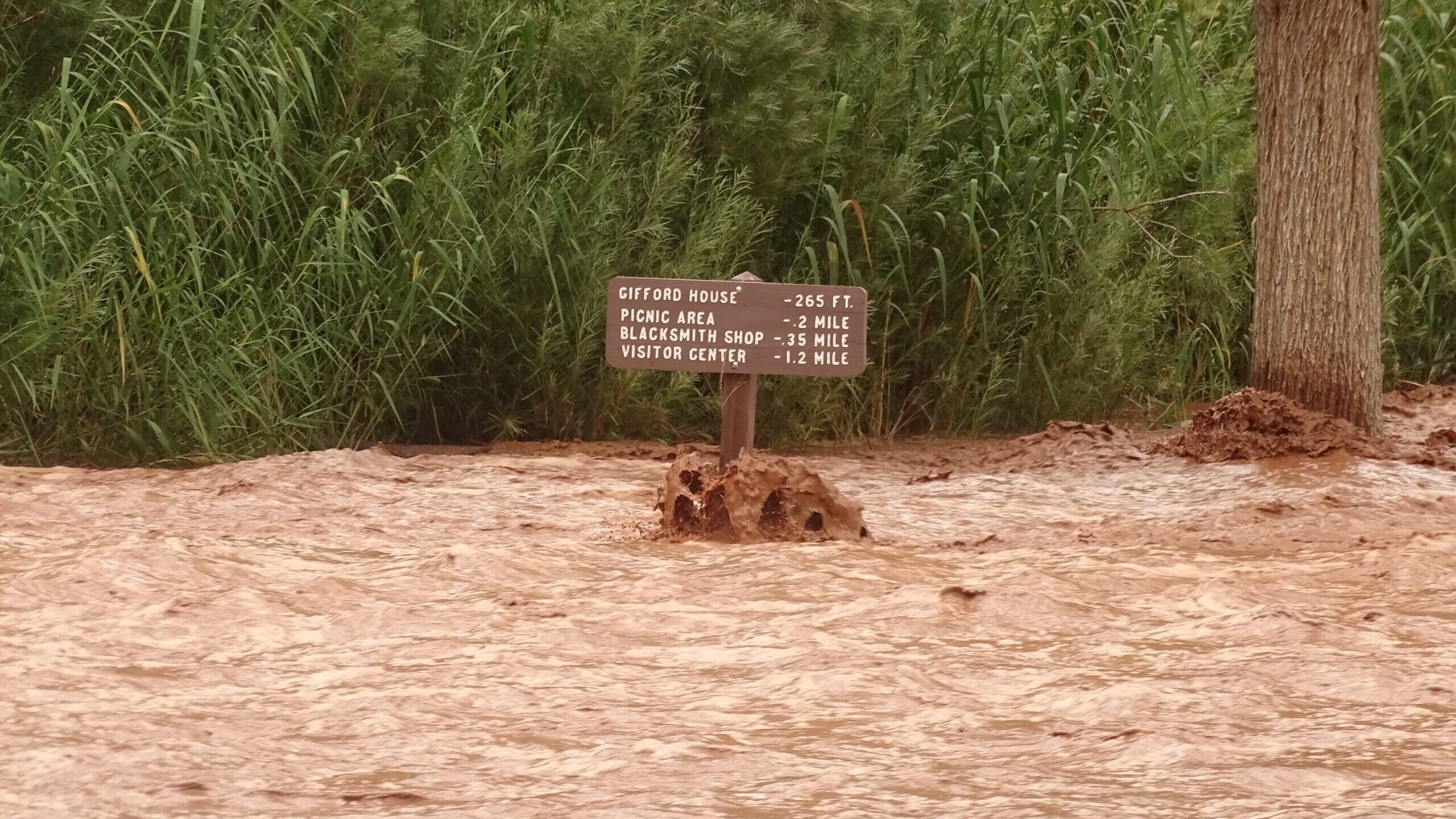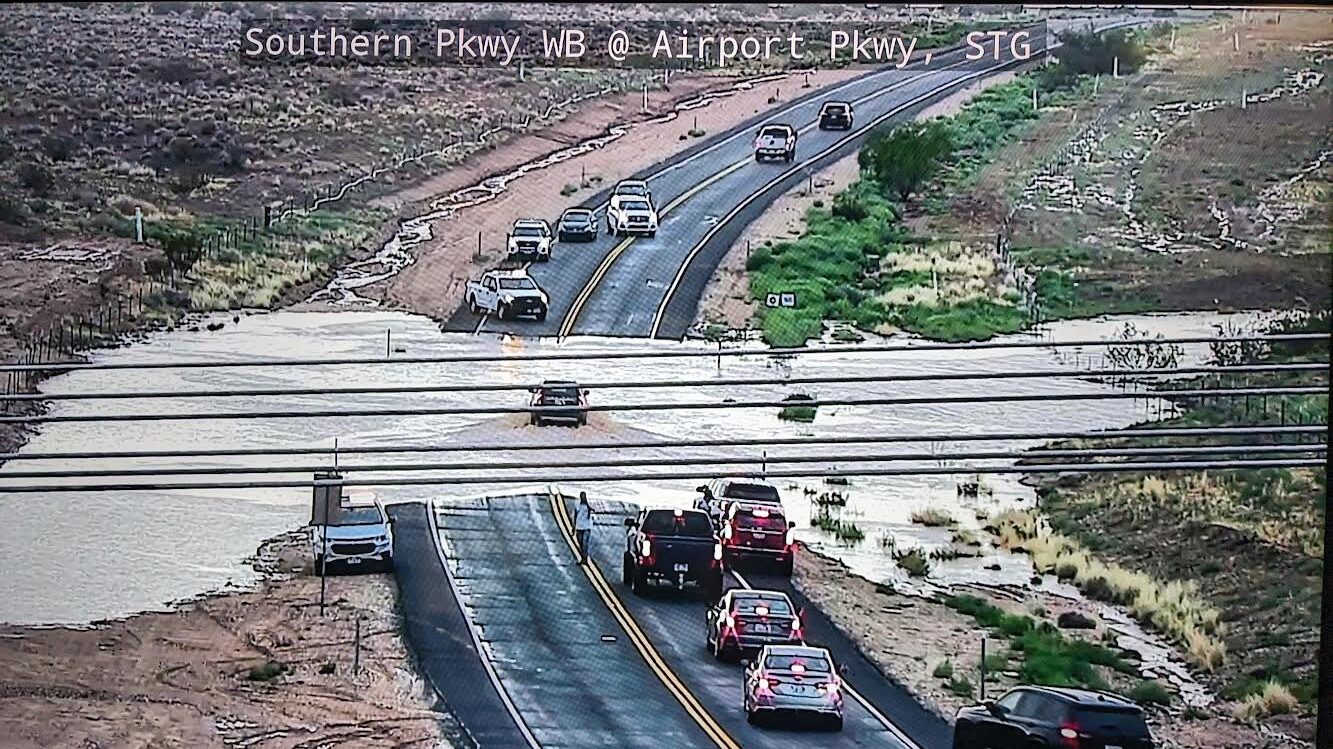Record snowpack helping produce more efficient spring runoff
Apr 28, 2023, 10:28 AM
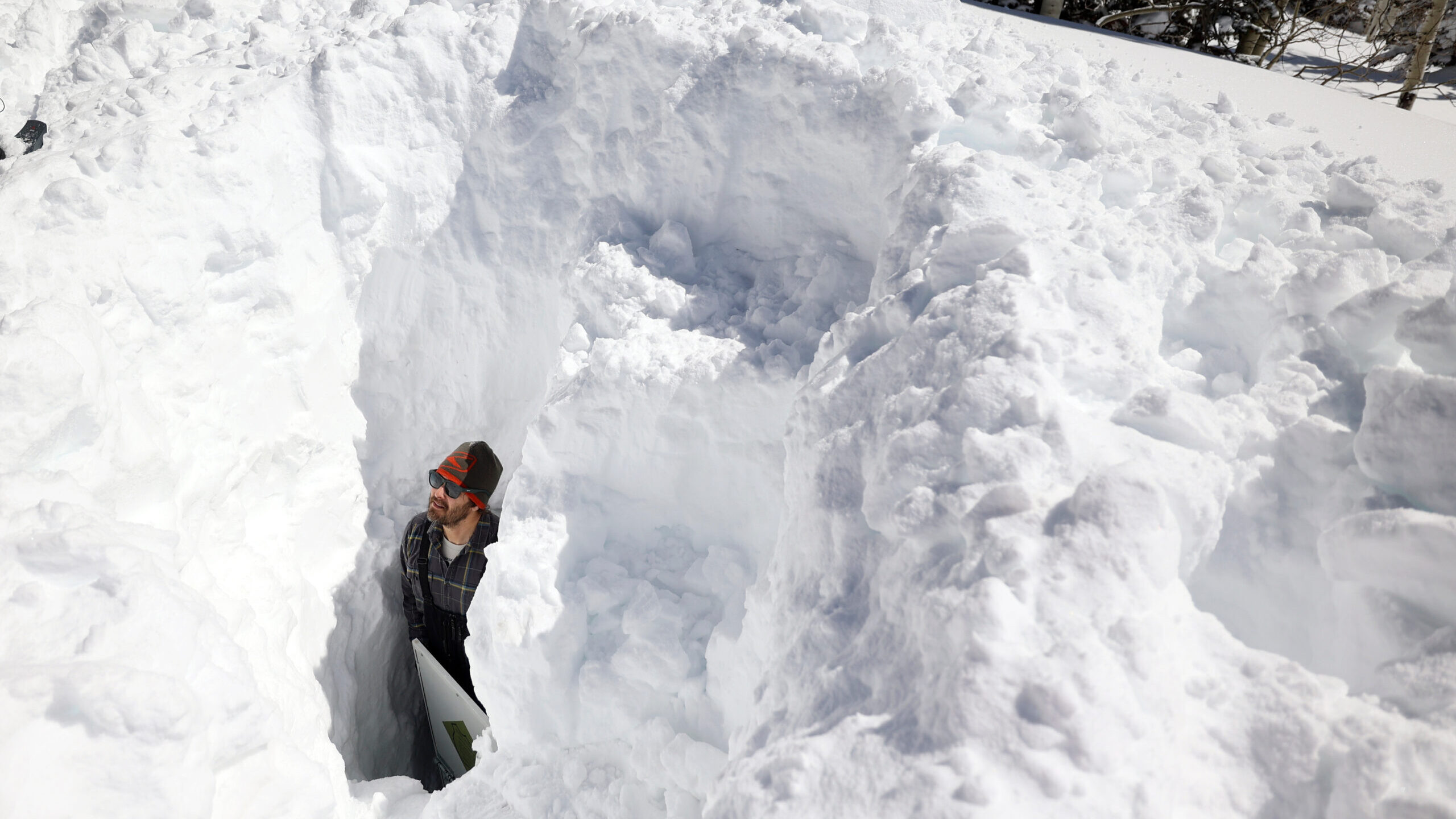
Dave Eiriksson, Natural Resources Conservation Service snow survey hydrologist, stands in a snow pit that was dug to access buried electrical components at the Atwater SNOwpack TELemetry (SNOTEL) site, operated by the USDA’s NRCS, in Alta, on Thursday, March 16, 2023. Last year's winter was a banner year for snowpack - water watchers hope this year brings more of the same. (Kristin Murphy, Deseret News)
(Kristin Murphy, Deseret News)
SALT LAKE CITY— The past few spring runoffs haven’t been anything like we’re seeing this year. Not just because of the amount of snow this year but because the soil isn’t nearly as dry.
Much of Utah saw extreme or even exceptional drought levels between 2020 and this year. But now, none of the state is in extreme drought, meaning the soil naturally has more water in it.
This is a good thing. In the past, weak winters didn’t produce a lot of water and a lot of it ended up absorbing into the ground, never seeing a reservoir or waterway.
Glen Merrill, a service hydrologist with the National Weather Service said this year will be different.
“Many (of the smaller) reservoirs…across the region are going to fill,” Merrill said.
Merrill said some mountain areas are near normal soil moisture levels, and much of the spring runoff still hasn’t happened.
With the soil already at pretty healthy saturation levels, all this water will likely end up in the places we want it to, like our reservoirs or the Great Salt Lake.
As of Thursday, KSL Meteorologist Matt Johnson said 87% of the snowpack has not melted yet, which is expected to change when temperatures rise this weekend.


